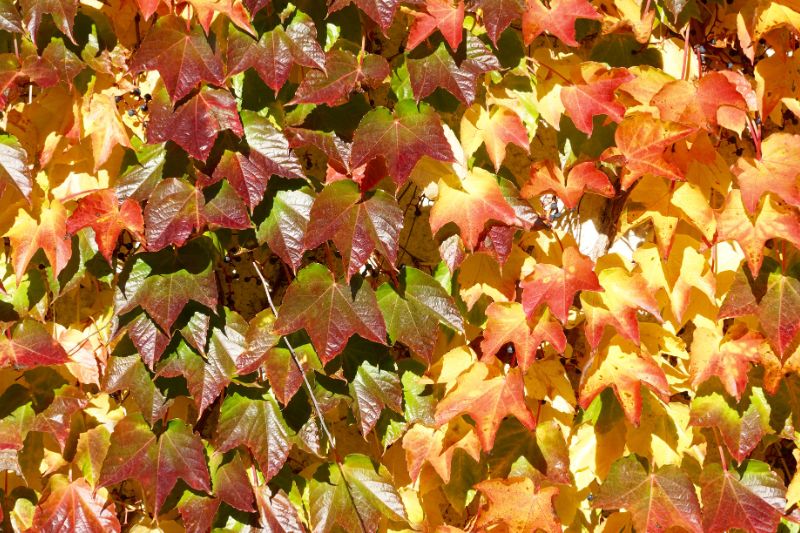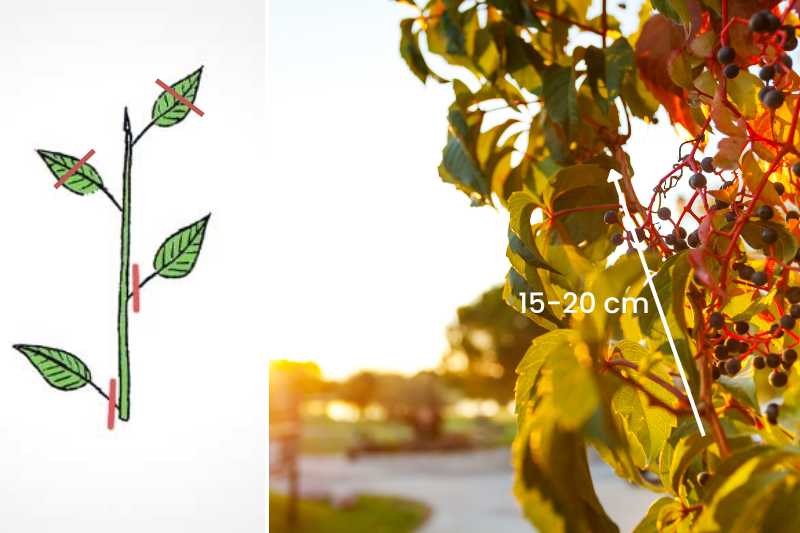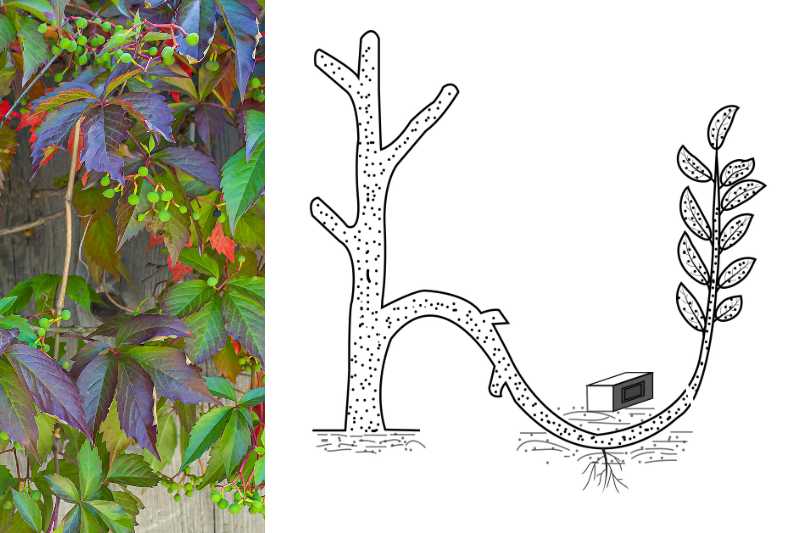Virginia creepers or ornamental vines, the best known being Parthenocissus quinquefolia, Parthenocissus tricuspidata or Parthenocissus henryana, are vigorous and decorative climbing plants. Virginia creeper is, indeed, highly prized for dense foliage and ability to quickly cover walls, pergolas and fences. Its leaves take on magnificent red hues in autumn, offering a spectacular display that catches the eye. But how to multiply these ornamental vines easily? Discover best propagation techniques in our tutorial sheet.
To learn everything about Virginia creeper, read Virginia creeper: planting, pruning and care.

Why propagate Virginia creeper?
Propagating Virginia creeper lets you enjoy this ornamental plant in different areas of your garden or share it with others. Moreover, propagation by cuttings or layering are economical and simple methods to obtain new plants without having to buy any.
When to propagate Virginia creeper?
Best time to propagate Virginia creeper by cuttings is late summer or early autumn, when plant is still actively growing but temperatures start to fall. This allows cuttings to root well before winter arrives. Layering, meanwhile, is usually done in autumn.
Equipment required
- a well-sharpened pruning shear disinfected beforehand with alcohol
- gardening gloves
- a pot with compost for propagation by cuttings
- a spray bottle to maintain humidity
How to propagate Virginia creeper by cuttings?
This method is simple, but success rate is about 1 in 2. Prepare several cuttings as a precaution.
- Take cuttings 15 to 20 cm long with 3 or 4 buds. Cut stem just below a node (where leaves are attached);
- Remove lower leaves leaving only two leaves at top. And cut remaining leaves in half to limit water loss through evapotranspiration;
- Plant them in a light, free-draining substrate (compost "cutting and sowing") leaving one bud exposed. Firm compost gently around cutting;
- Water lightly and place pot in a bright spot, sheltered from direct sun;
- Keep regularly misted using a spray bottle, without excess;
- Place them into buckets as soon as they have formed roots (after 5 to 6 weeks);
- Overwinter them frost-free, under a cold frame if you take these cuttings in autumn;
- Plant in ground the following spring.

How to layer Virginia creeper?
Like most climbers, Virginia creeper can be propagated by layering. This method, although a bit more complex, is the most effective: success rate approaches 100 %.
- Select a vigorous low, long and flexible stem of Virginia creeper. Ensure it is healthy, with nodes well spaced;
- Loosen soil where you want stem to root. Enrich with a little compost if necessary;
- Make a slight notch on underside of stem, just below a node (where leaves are attached). This incision will encourage root formation;
- Fix notched stem onto prepared soil and hold in place with a U-peg, a stone or by partially burying the stem. Notched node must be in direct contact with soil;
- Cover notched area with compost or soil, leaving end of stem protruding. Water lightly to maintain moisture;
- Water regularly to keep soil moist. After a few weeks to a few months, roots should develop from the incision;
- Once the layer has rooted well (usually after one growing season), cut stem connecting it to parent plant and transplant to desired location.

































Comments